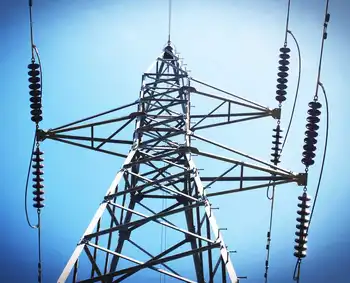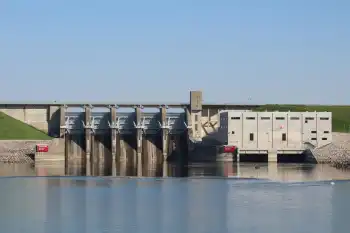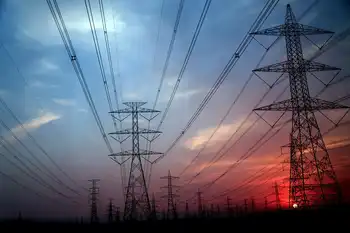TVA sees growing 'pressure' for higher rates
By Associated Press
CSA Z463 Electrical Maintenance
Our customized live online or in‑person group training can be delivered to your staff at your location.

- Live Online
- 6 hours Instructor-led
- Group Training Available
The nation's largest public utility is facing millions of dollars in new costs from a coal ash spill, an environmental court ruling in North Carolina, investment losses to its corporate retirement fund and a drop in power sales due to the recession.
It all means "there is upward pressure on our rates," TVA Chairman Bill Sansom told the TVA board and an audience of distributors and business executives.
Falling fuel prices have allowed TVA to trim most of a 20 percent rate increase that took effect Oct. 1 — the agency's largest rate increase since 1974. TVA took 6 percent off on Jan. 1 and another 7 percent off.
The latest reduction should save TVA's 8.7 million residential consumers in Tennessee and six surrounding states about $4 to $9 a month depending on their distributor, TVA said.
But TVA is facing a host of challenges:
• TVA has spent $68 million so far on the cleanup of a December 22 coal ash spill at the Kingston Fossil Plant in Tennessee and estimates the final cost could reach $825 million, excluding fines and lawsuits by residents.
• A federal judge ruled against TVA in January in a lawsuit brought by the state of North Carolina requiring an accelerated cleanup of four coal-fired power plants fouling North Carolina's air. TVA says completing the smokestack improvements by the judge's 2014 deadline will cost $1.8 billion — about $1 billion more than TVA planned to spend. The agency is considering an appeal.
• TVA's $8 billion retirement fund took a $3 billion hit in the stock market. TVA put $81 million into the fund last year, but Sansom said it may need to add another $300 million next year.
• Power sales are down 5 percent this fiscal year for the self-supporting government corporation, which depends on electric sales for revenue. The falloff is greatest among industrial customers. The region has lost 19,543 jobs and suffered 124 plant closings since October 1.
Although TVA has idled some of its 59 coal-fired boilers because of the drop in sales, that doesn't necessarily translate into savings.
"Every kilowatt hour we sell has a fixed cost in it to recover some of our depreciation, some of our interest (on debt) and some of our taxes," TVA President and CEO Tom Kilgore said. "So as we sell less, the pressure is there. We still have to pay our taxes, our interest and account for our asset investments."
Sansom said he is encouraged fuel prices have dropped.
"I hope these energy costs keep coming down enough that we can help not increase your customers' rates," he told distributors. "I know this winter it has been tough because we've had the higher rates and a cold winter. So we are very conscious of that."
But he added, "We have these pressures."
TVA earned $467 million on $10.4 billion in revenues in fiscal 2008. The agency boosted its fiscal 2009 budget to $12.6 billion with an expectation of flat power sales.
TVA will set its fiscal 2010 budget in August along with rates taking effect this October 1.
Kilgore won't make any predictions. "I hesitate to even explore a crystal ball at this time," he said.
TVA supplies electricity to consumers in Tennessee and parts of Alabama, Mississippi, Georgia, Kentucky, North Carolina and Virginia.
















